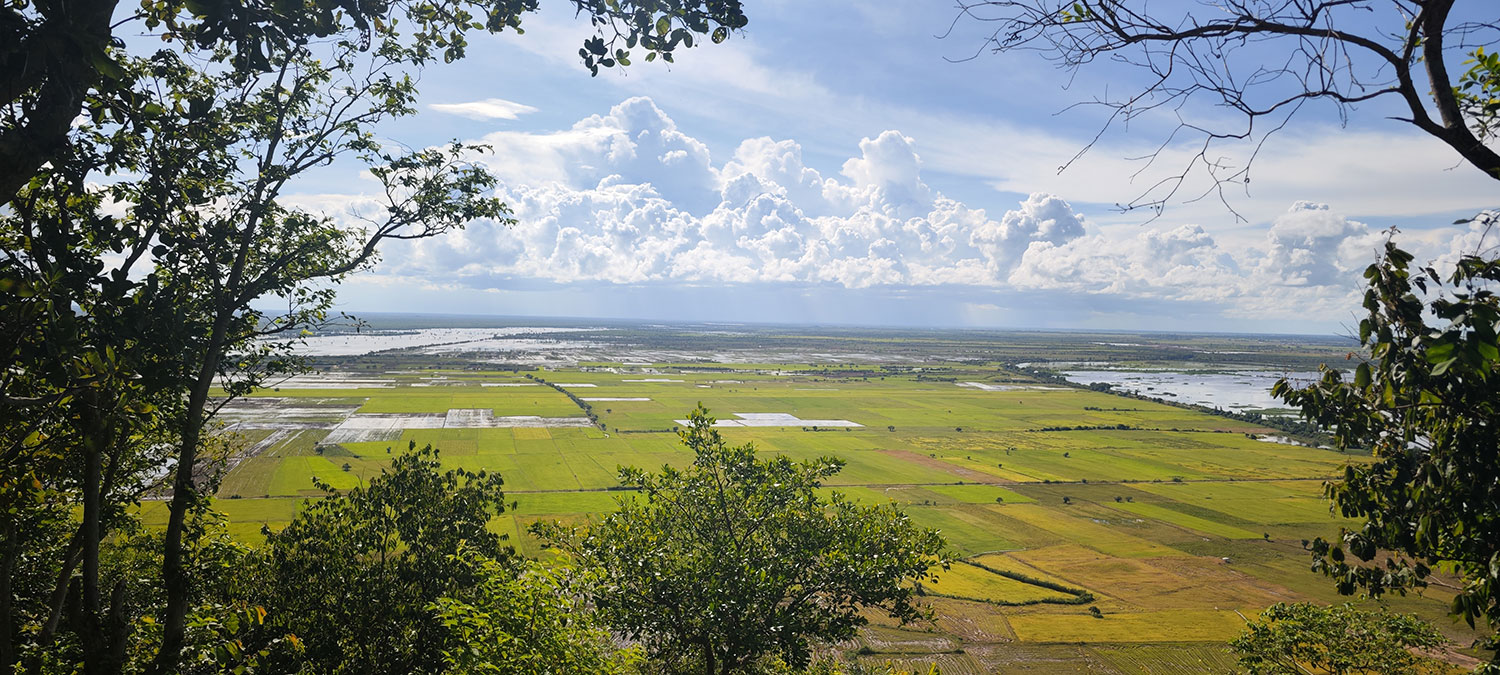Before departure, we had read about Cambodia’s mind-blowing temples and mystical sunrises, beaches with pristine sands and crystal-clear waters. Superlatives piled onto adverbs. But we also read about how dangerous the traffic would be. That even crossing the street would be difficult. Pickpocketing and bag snatching is common. Bus operators sell more tickets than they have seats for. Make sure to eat clean food.
Cambodia seemed like either earthly paradise or some dark den. But more than anything, travel writing is to blame. That isn’t just my opinion. William Zinsser in ‘On Writing Well’, wrote: “It results from the virtue of enthusiasm. In travel writing, most writers — both professional and amateurs — produce not only their worst work but work that is just plain terrible.”
None of the travel blogs or Lonely Planet mentioned anything about same-sex relationships being allowed or not. But as I’m typing this, two Cambodian girls sit legs-intertwined in front of us in the train from Phnom Penh to Sihanoukville. I google the answer instead (legal but not well-protected).
The train travels across two hundred kilometers of track in seven hours, a slow and bumpy ride. People walk or live near the rails so the train is constantly honking. It’s the time required that makes this a rite of passage. You could take the plane but the coast wouldn’t’ feel as far away. Next to us are four Cambodian guys playing Uno. A row in front of them are three British backpackers — two sleeping, one reading ‘A Song of Fire and Ice’. He’s almost finished with his book.
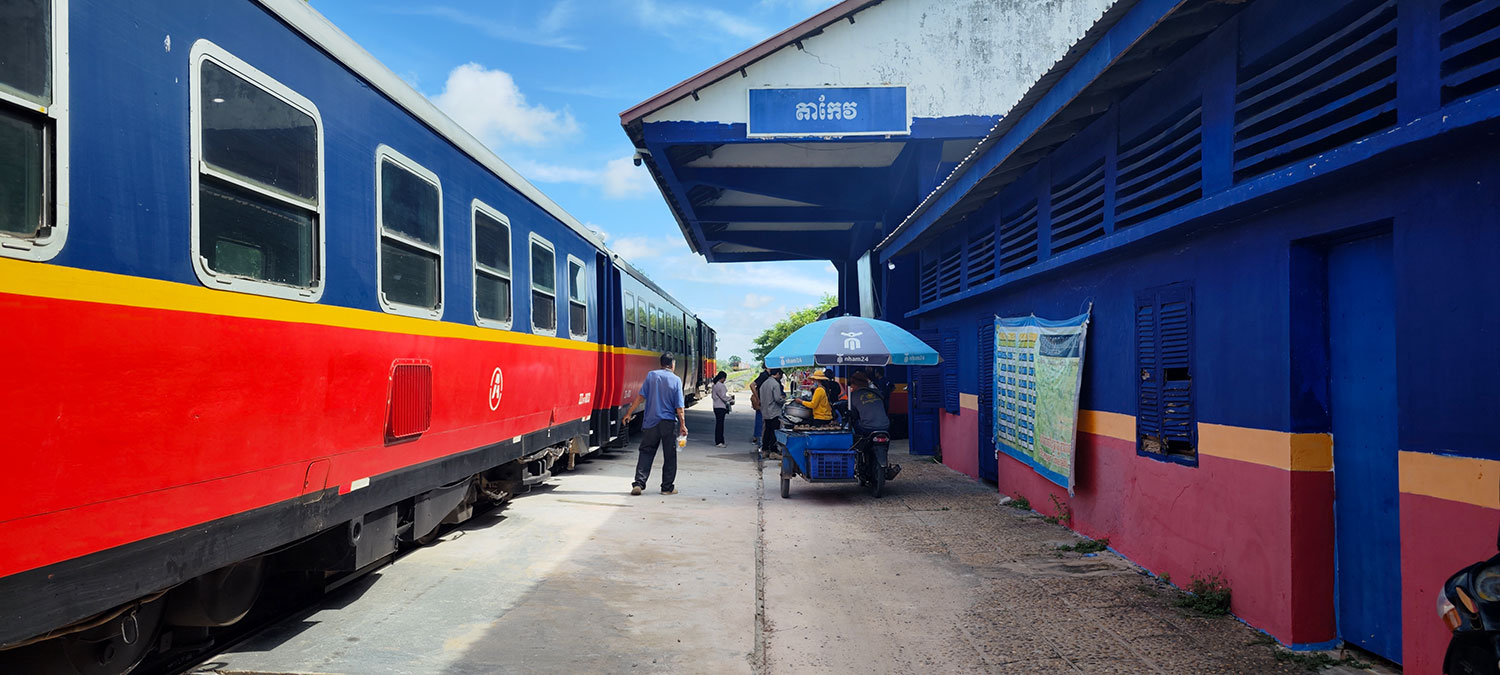
If the speed of the train wasn’t indicative enough about Cambodia’s infrastructure, then maybe its reliability is. Near our destination, the train comes to a halt, before one of the staff tells us it has broken down. A mechanic is on the way, but it’ll take at least half an hour for him to arrive and start fixing the train. Do we wait, not knowing how long it’ll take — or do we go? We decide on the latter, cross a field and order a tuk-tuk to finish the last bit of our journey.

Sihanoukville is a coastal place. Once famous for its beaches, now on Reddit it’s often described as depressing, ruined by Chinese investment capital. (Of course, another common sentiment in travel writing is how great these places once were, before everything was commercialized.) But more is happening here. I search the city’s name on Twitter and see some mafia’s boss’ body being found in a lake, and a woman being kidnapped. The Guardian writes about the segregation of society in the city. The Chinese are blamed, because they’re building hotels, harbors and casinos — and only buy and eat from Chinese stores and restaurants. I just think if Rockstar were ever to release a Southeast Asian version of Grand Theft Auto, Sihanoukville would make a great study.
For us, the city is just a stop-go for the harbor to the island Koh Rong Sanloem. Our modern speedboat blasts past an old fishing boat. A tanned fisherman looks at us before going back to work.
With us on the boat is Ken, a braided and tattooed backpacker from Germany. Ken has been in Southeast Asia for over five months. “To escape from everything, and explore the world”, he says before asking what I do. I wonder what he thinks when I say I work in marketing, although I am not that different from him. I chose to live in Shanghai to combine work with learning more about the world.
Southeast Asia is popular for backpacking, because it’s affordable and there’s a huge variety of destinations. But it is met with the same reverence as learning a language such as Mandarin, being labeled as something ‘spiritual’. It’s partly a white lie we tell ourselves to feel good, and partly because we lack the right words. Experiences are very hard to be grasped by the mind and be put into words, and ‘spiritual’, like words often used in travel writing (’amazing’, ‘mind-blowing’, ‘stunning’) make easy substitutes.
Another issue I have with the whole ‘spiritual’ misnomer, is that there are consequences to feeling such pleasure. The more we see the value of travel (or learning a language) in intangible things, the more we deprive our destinations of what they are. We try to see things that aren’t really there. To imagine we can just travel to any South-East-Asian place and learn about life, as if it’s a takeaway order — makes what we call home feel unremarkable. And it also puts pressure on yourself. An epiphany is not a requisite for a memorable trip.
I remember a quote from someone talking about going to China for a year to do English teaching — saying that it’s like backpacking, although more practical since you’re earning money. He said you need to spend your twenties thinking about life and death, and to learn to be happy on your own. This is what ‘finding yourself’ truly means. You can do it on Koh Rong Sanloem, or working in Shanghai. But I don’t tell Ken any of that. He finishes his cigarette, and puts the butt back into the Marlboro package, rather than throwing it into the sea. He’s a good guy.
On the island, we arrive in Saracen Bay, which is about as far away from reality as you can be. (Yes, the sands are unironicly pristine, the waters crystal-clear.) The beach is lined with resorts and nothing else. You could call it ‘spiritual’ because in a way, it’s a delight to just have to eat breakfast, roll to the beach and be back for lunch. But you could also argue this hedonistic place is as far from spiritual as one could be.
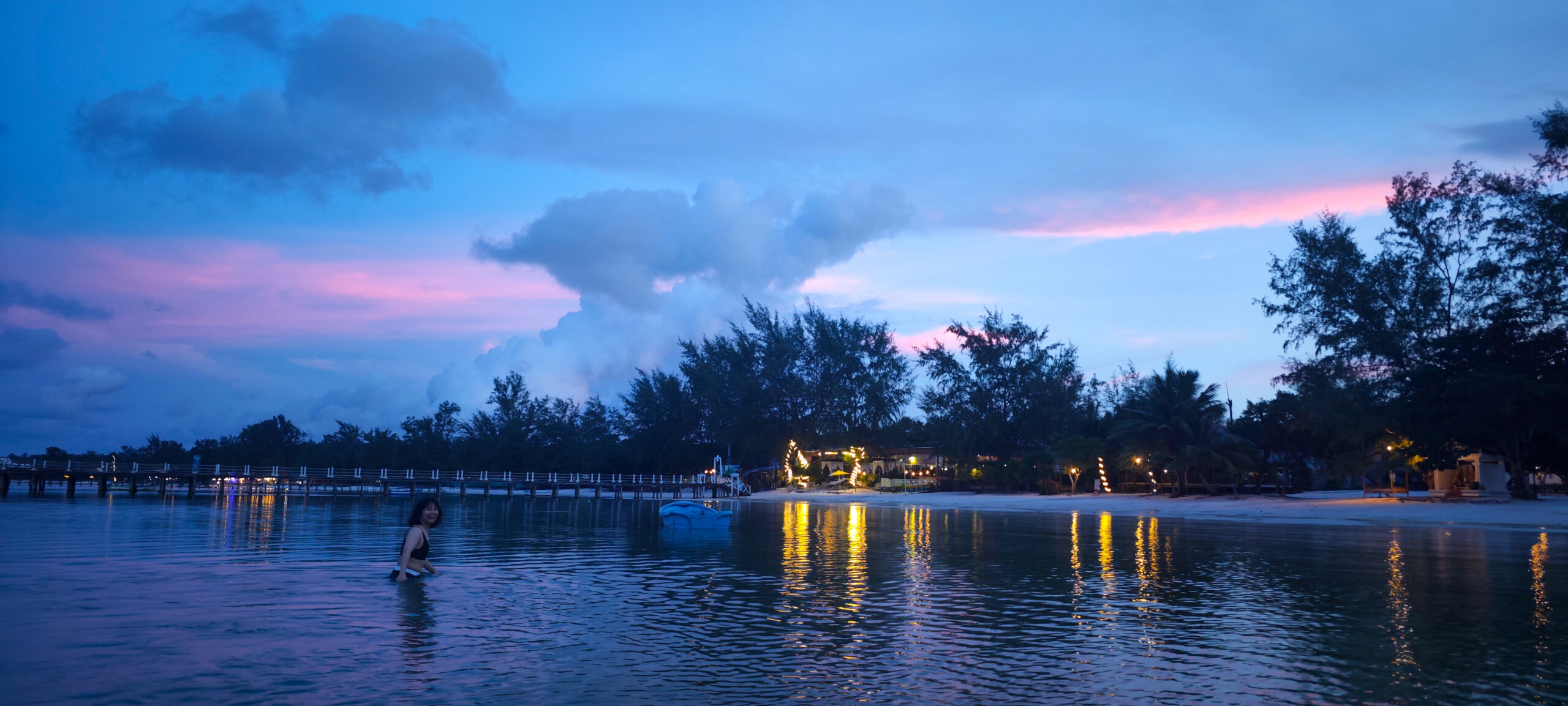
The island is cleaner than the city, and it feels safer too. The village of M’Pai feels more like a real place. Local kids are playing in the bay, and use a piece of styrofoam as a raft. There are buildings here that are not for tourists. Residential houses, a supermarket, a health clinic, a school. But to travel on the island is so inconvenient that we actually had to get a boat from Saracan to M’Pai and back, because there are no roads. There is a huge strip of barren land with felled trees made for some main road, but construction hasn’t started yet.


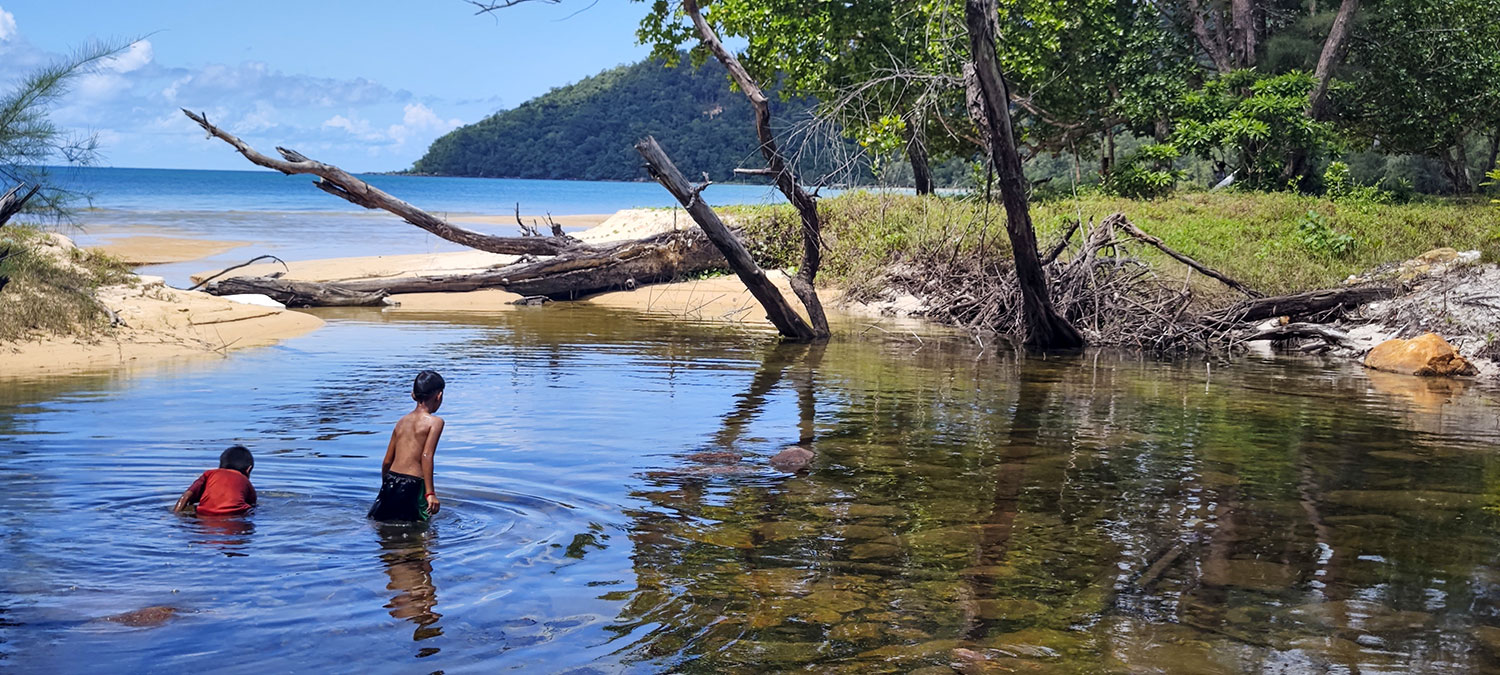
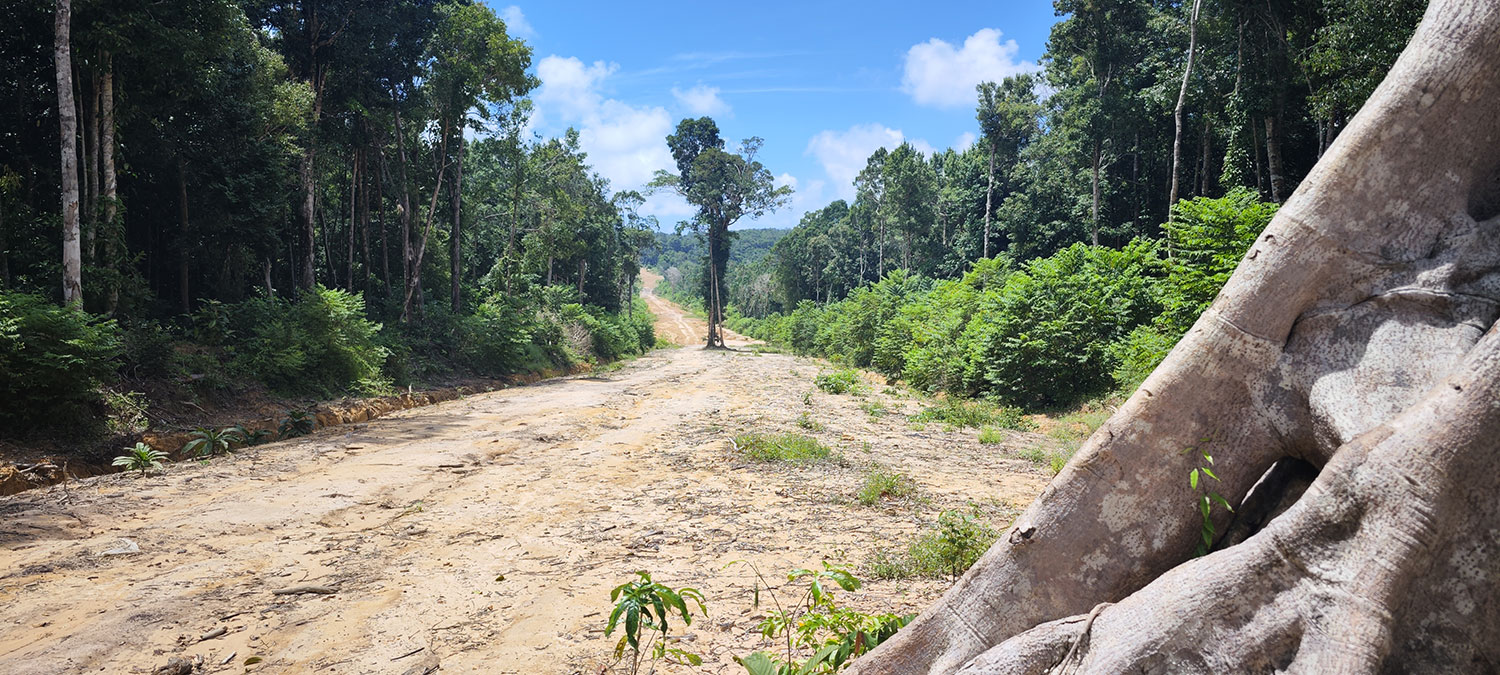
A lot is being built though. We visited three beaches, and on all three we saw bags of concrete either waiting on the shore or being hauled in. The island has a bunch of abandoned holiday houses, half-constructed and presumably abandoned during covid. But it also has new resorts being constructed. Are we going to return in ten year’s time and look at this the way others look at Sihanoukville now? Romanticize how we had to take off our shoes and go knee-deep into the water to get onto the boat to M’Pai Bay? Lament the progress made because it takes away from its ‘authenticity’?
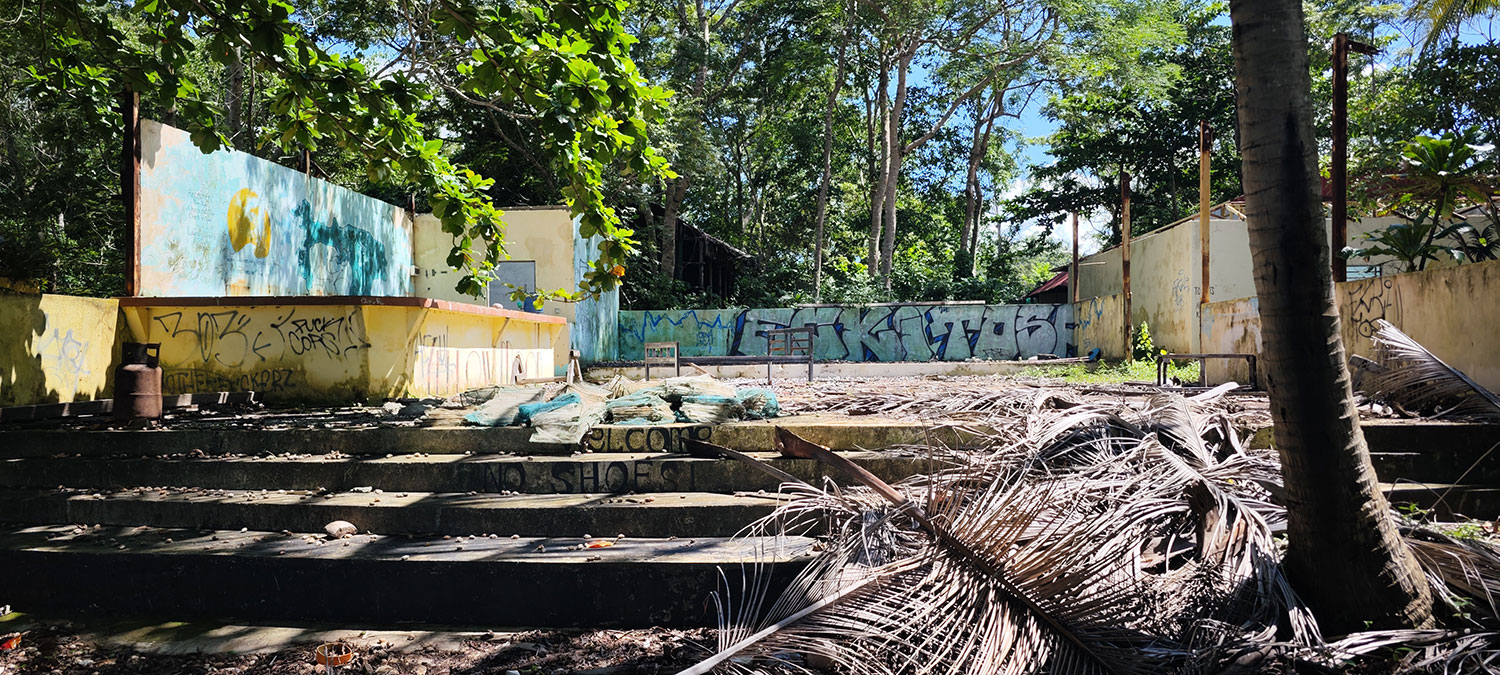
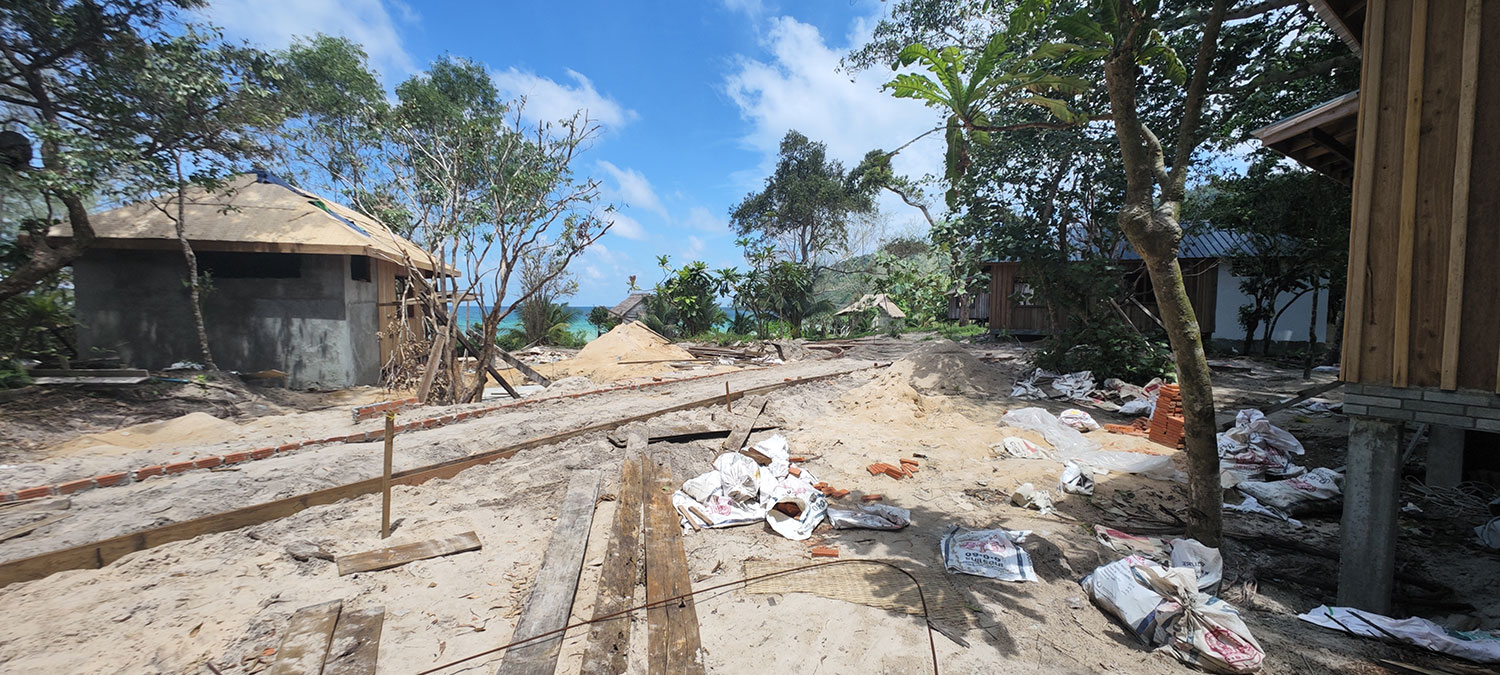
I do hope that in the wake of new facilities for tourists, the rest of Cambodia’s population will also get access to proper housing and better sanitation. In Siem Reap we rented a Honda Dream C125 (the bike you see everywhere) and rode outside of the city. We refuel it by buying a liter of petrol, held in bottles, rather than a fuel station. Most rural roads here are just sand roads, and the tarmac ones are full of holes. Some people live in houses, but most live in shacks — some built on poles, anticipating floods. Many people lack basic sanitation and clean drinking water, and a lot of children are underfed. I think most tourists, including us, couldn’t stand to live one day in these places.
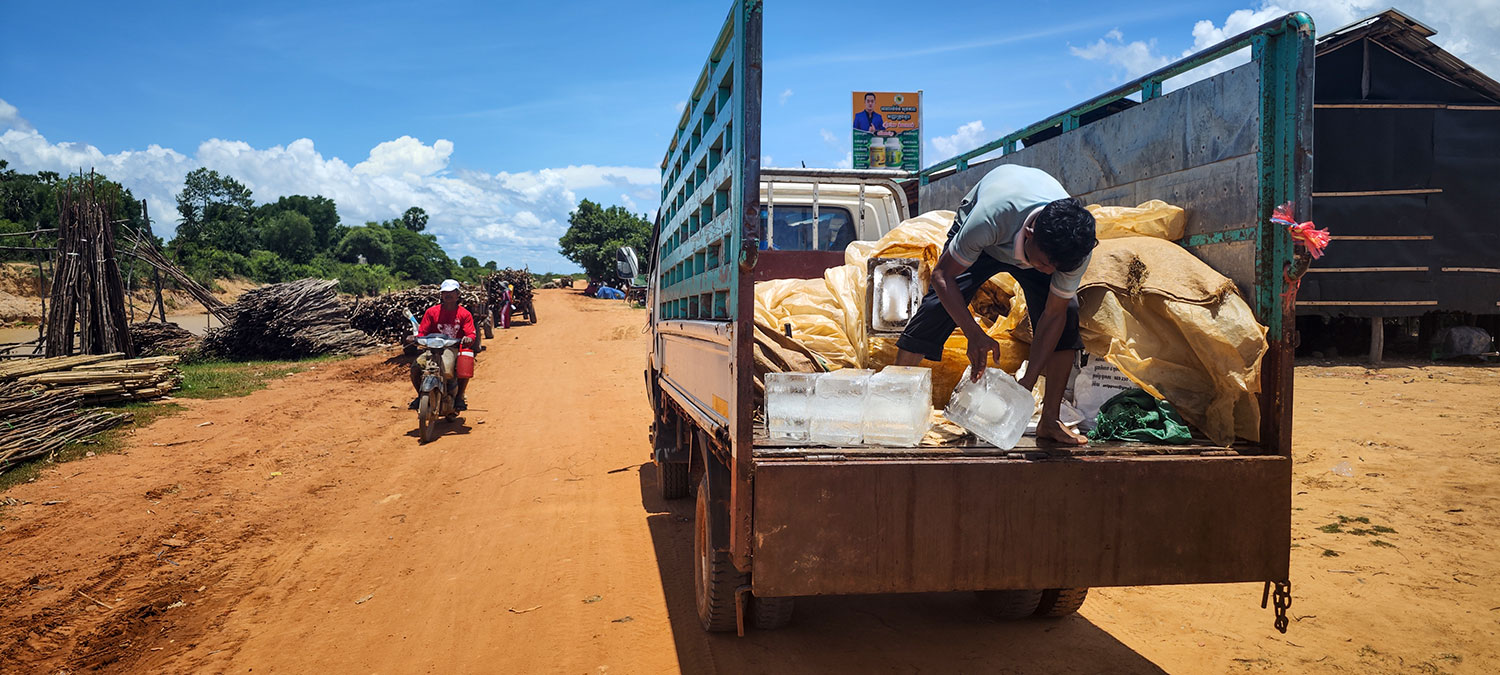
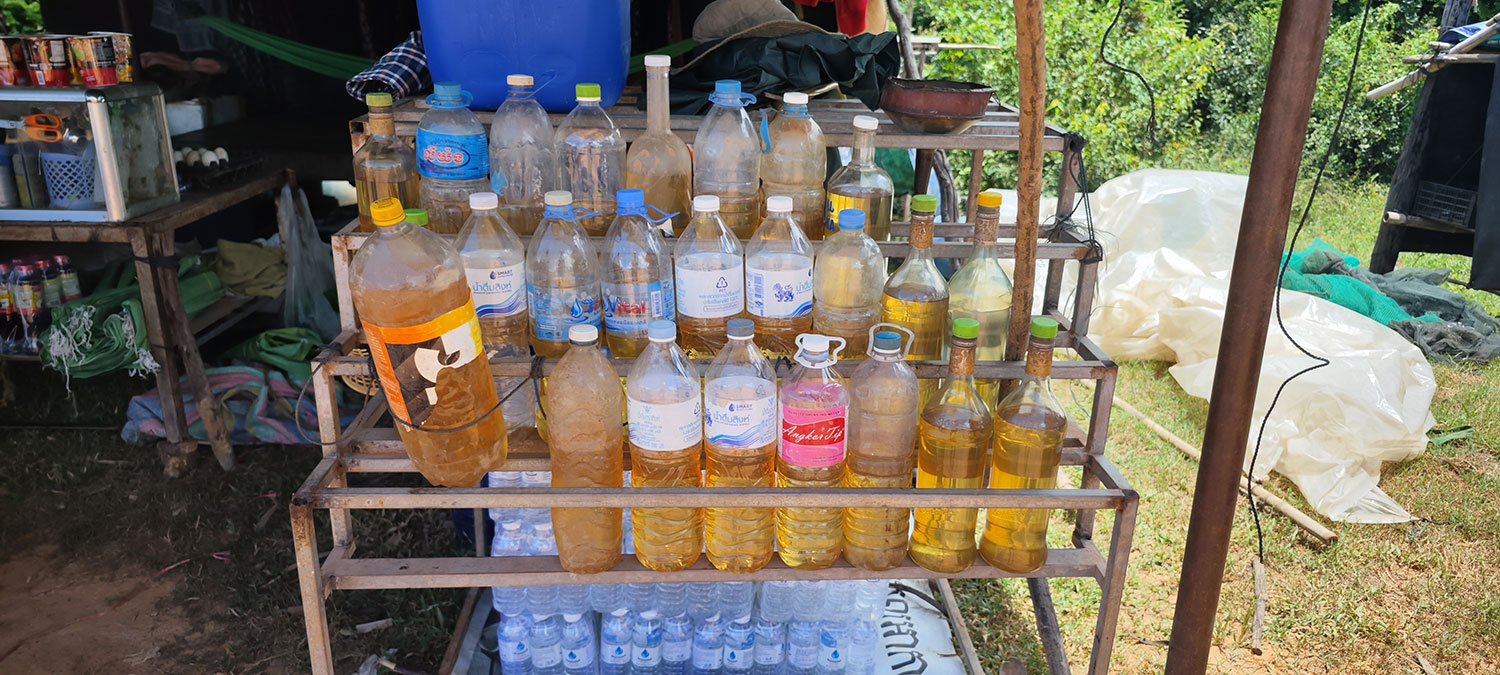

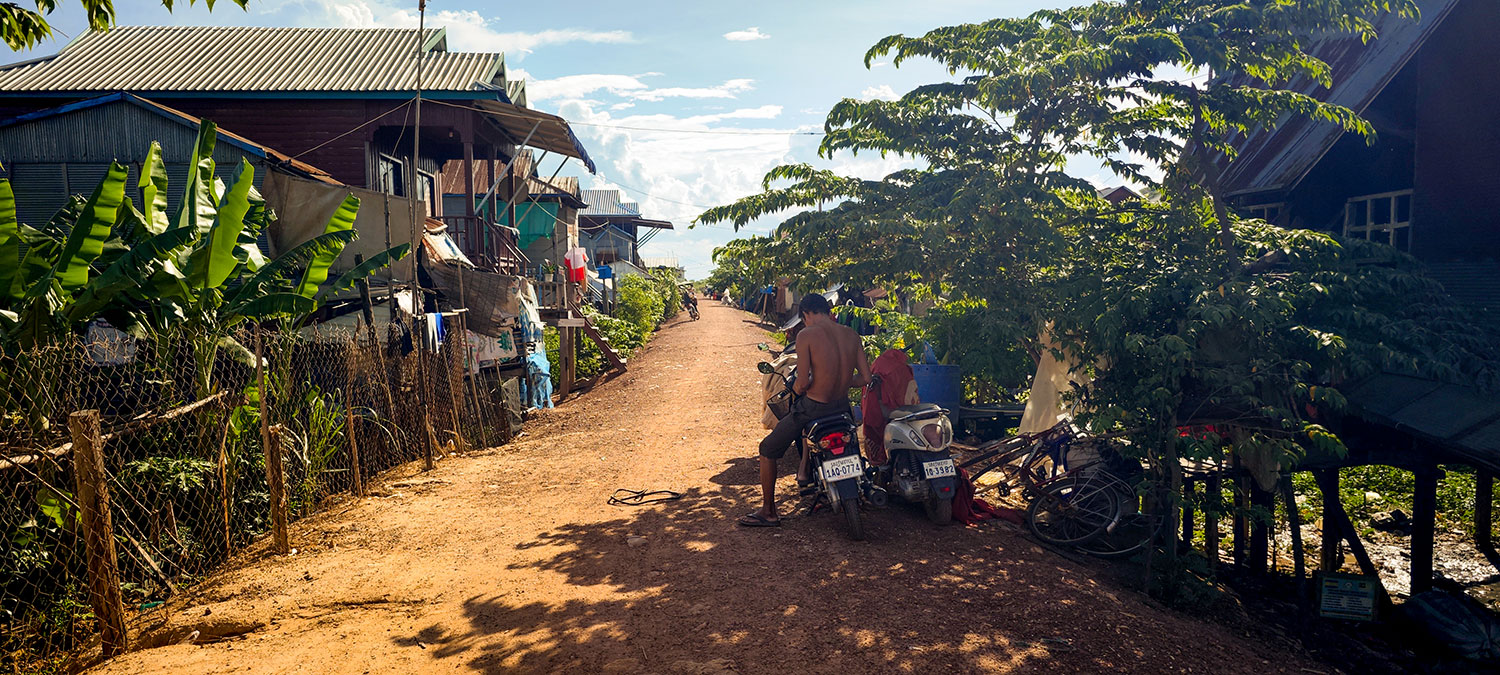
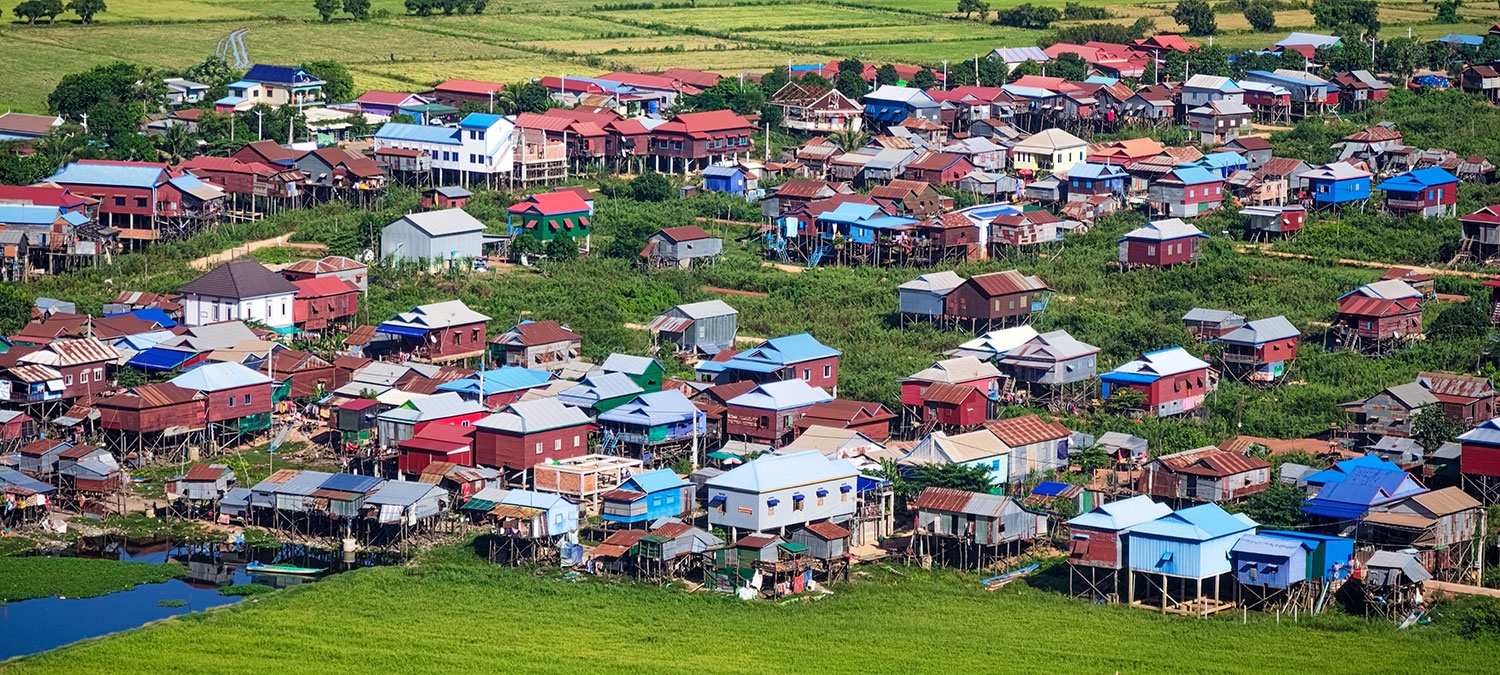
Siem Reap is an Asian Las Vegas: A city made for tourism. It’s a collection of pubs, clubs, hotels, and markets, with cheap beers and souvenirs. People are mostly tourists, or working in tourism. We find great food in local restaurants, but the real destination is the nearby Angkor Wat temple complex.

The best thing about Angkor Wat is that in many ways, it’s what 5A tourist destinations in China aren’t. It’s huge, that helps, so there are no queues to enter. It’s mostly things it doesn’t have. There are no mascots, no audio installation on repeat welcoming you, no political banners, no signage on every stair to 注意安全 (be careful), no fake buildings. Also there’s no upselling. You buy a pass and you can go everywhere. After 4 of the 72 temples, we’re jaded with century-old Khmer sandstone, even though we know we should appreciate these buildings more. But to ride our Honda Dream through this jungle and pass these temples is pure bliss, as if we’re on the set of Indiana Jones or Tomb Raider.
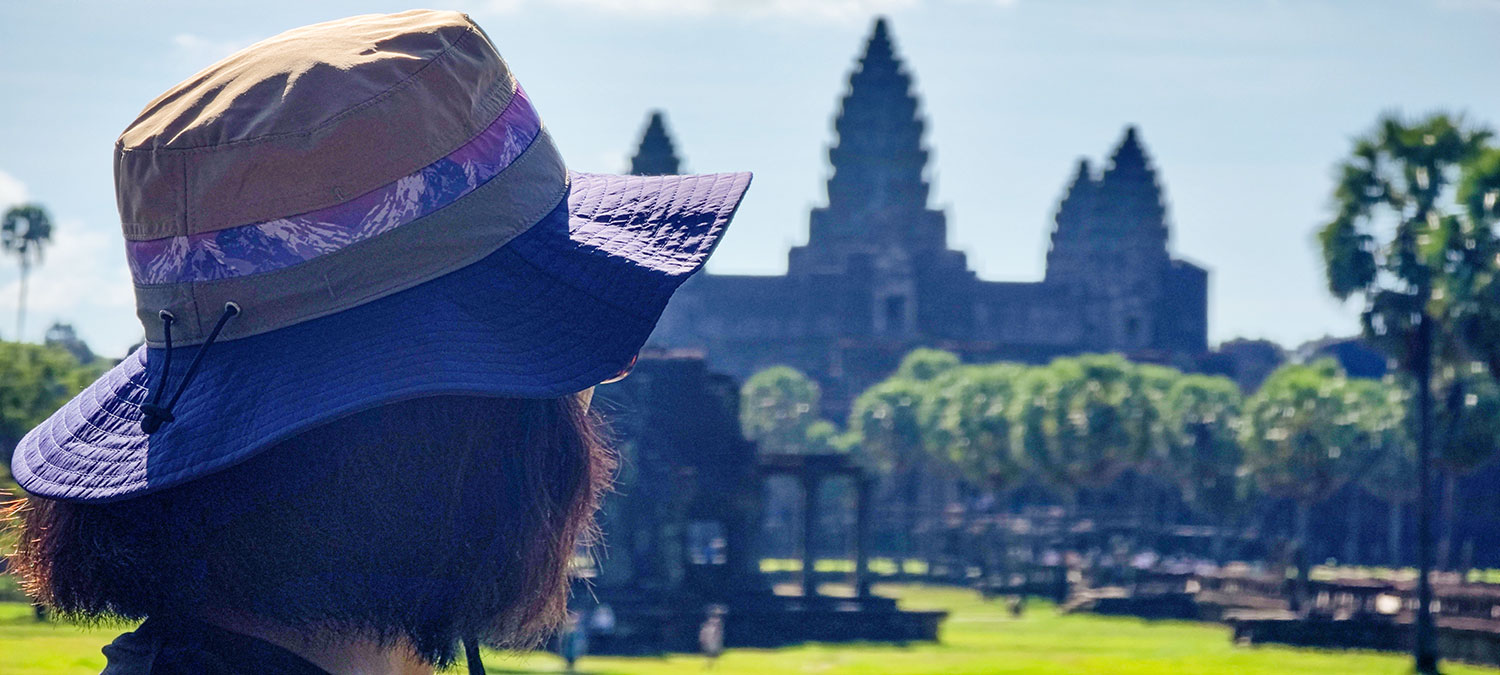
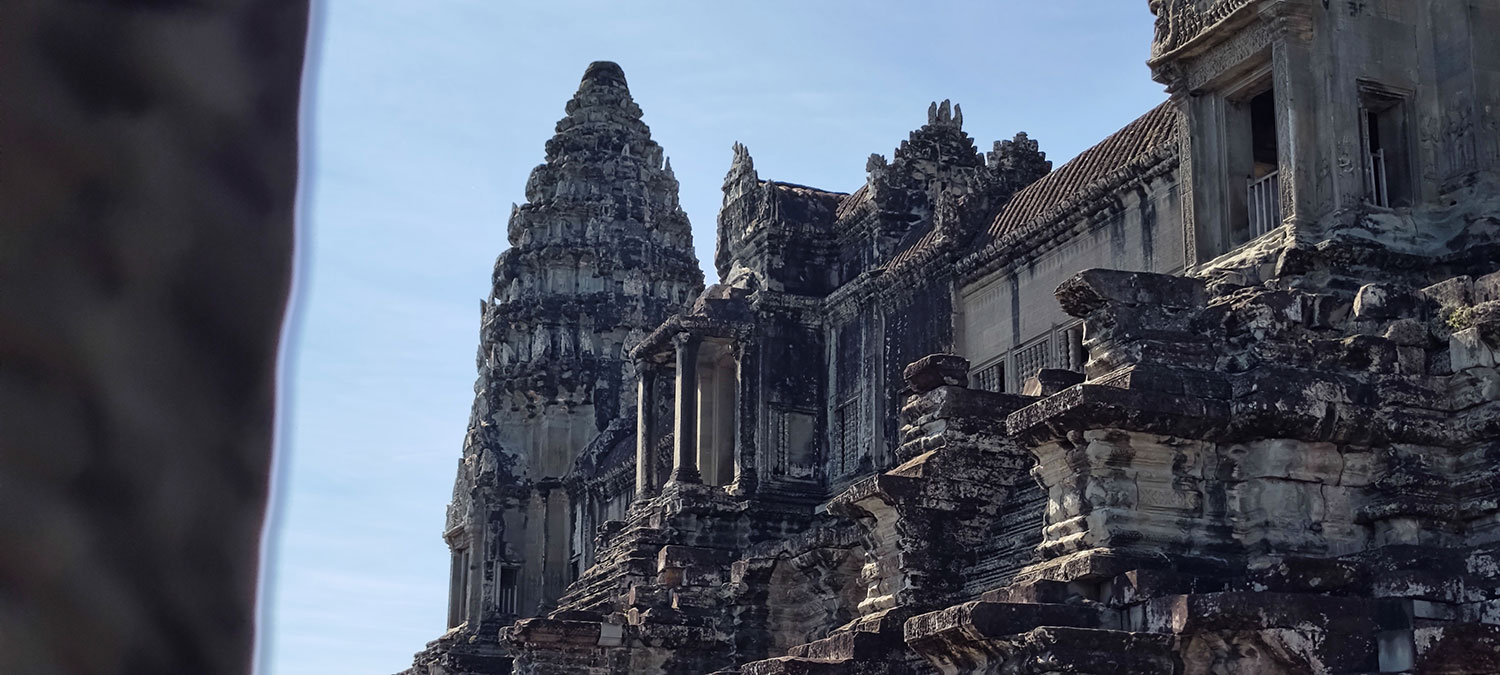
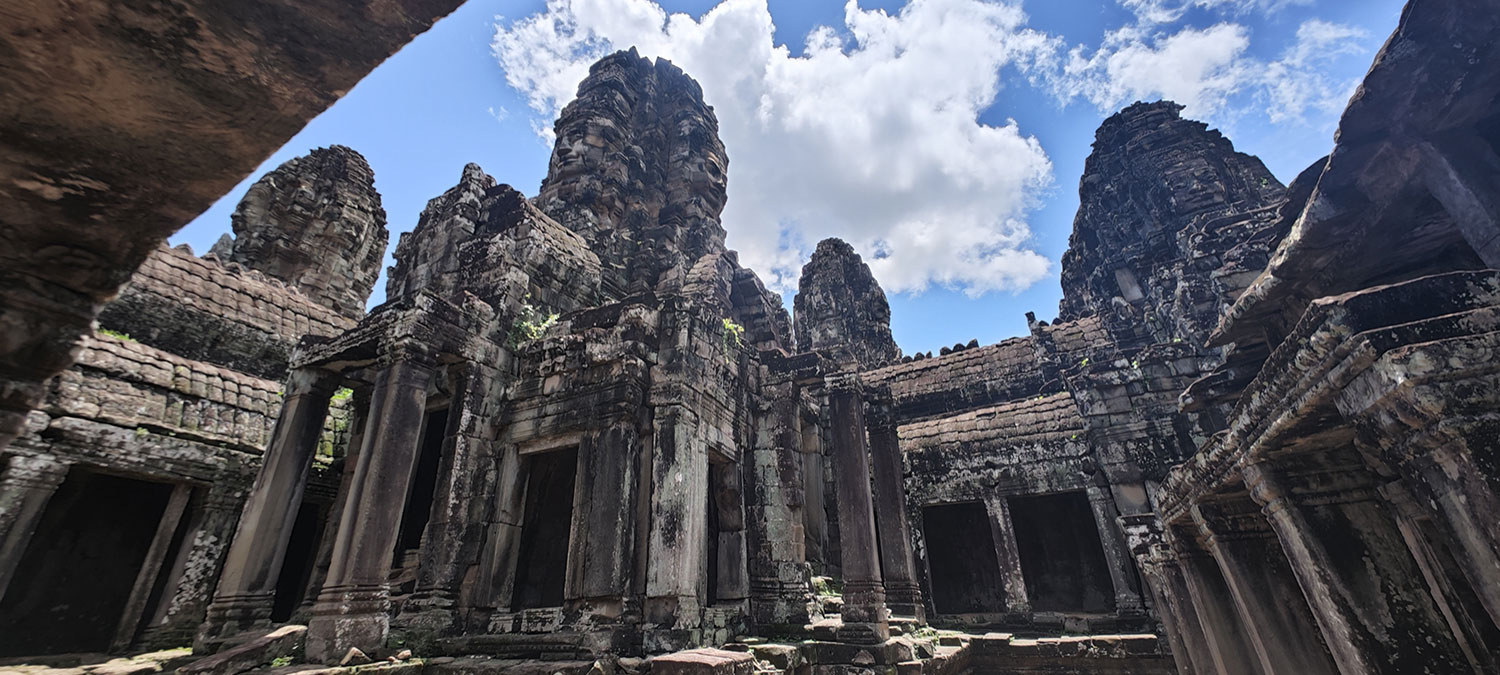

Back in Phnom Penh we’re back in the traffic and moped fumes. To conclude our trip in Cambodia, we’re staying in a Chinese-owned hotel. I want to ask if they have a room away from the road. I try in English, but the lady behind the counter understands what I’m asking when I try Mandarin. The hotel is full of warning signs in three languages, but the Chinese characters are printed largest. No you cannot smoke. Don’t bring durian. No you cannot bring your own cooking devices to the room. No, you cannot hang wet clothes in the closet. No toilet paper into the toilet please. Don’t open the window. I’m certain I’m in China when I lay down on the mattress. It’s hard.
Around the hotel are many Chinese restaurants, and even a road named ‘Mao Tse Toung Blvd’. Also construction is ongoing with Chinese characters on the facade, as well as workplace instructions, all in Mandarin. Near the Central Market, we even find an outdoor banner for hairy crabs from Suzhou’s Yangcheng Lake.
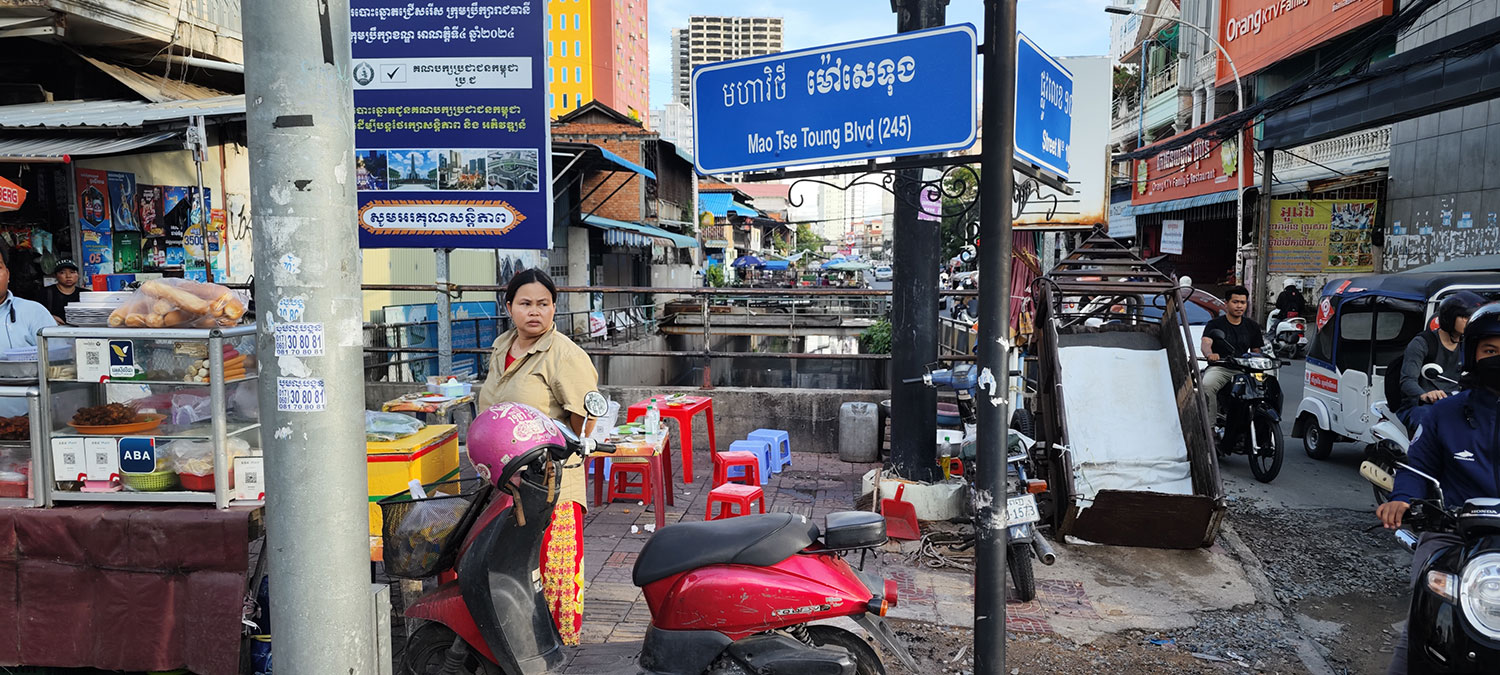
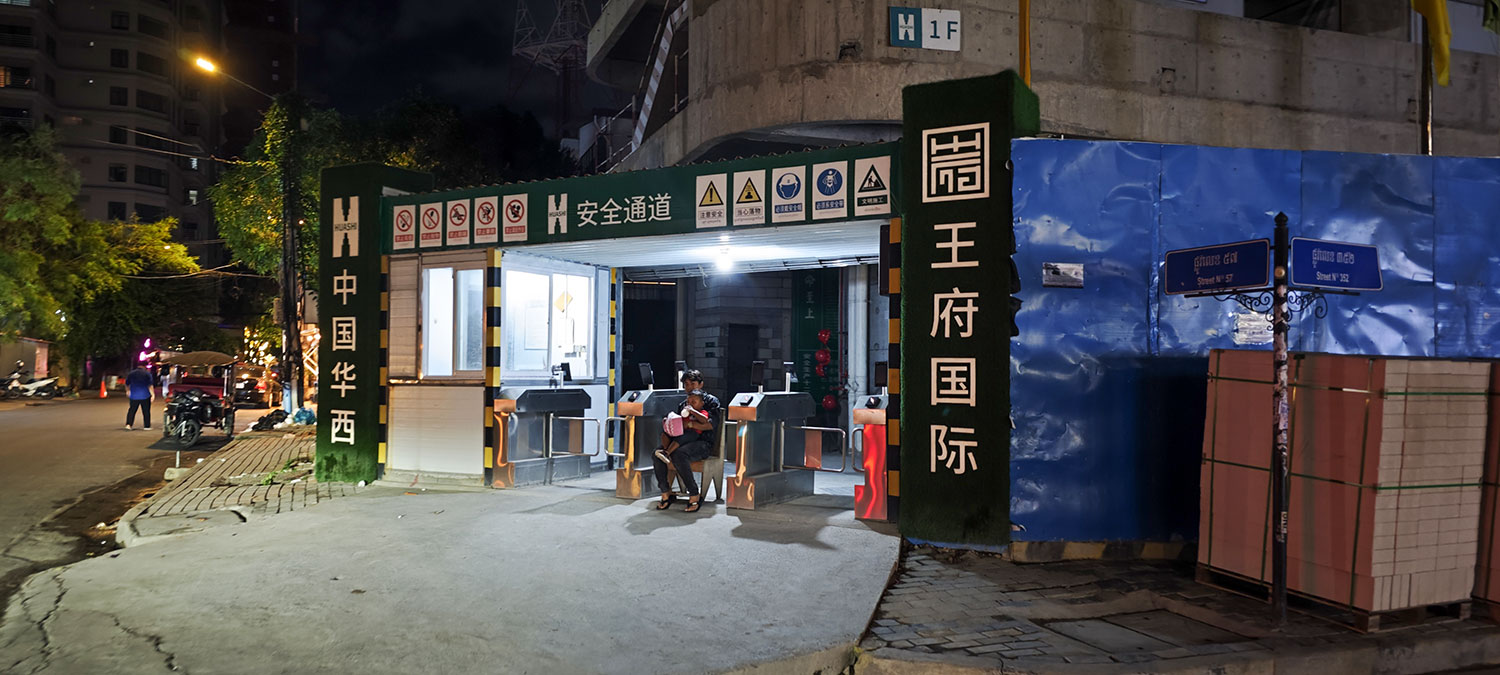
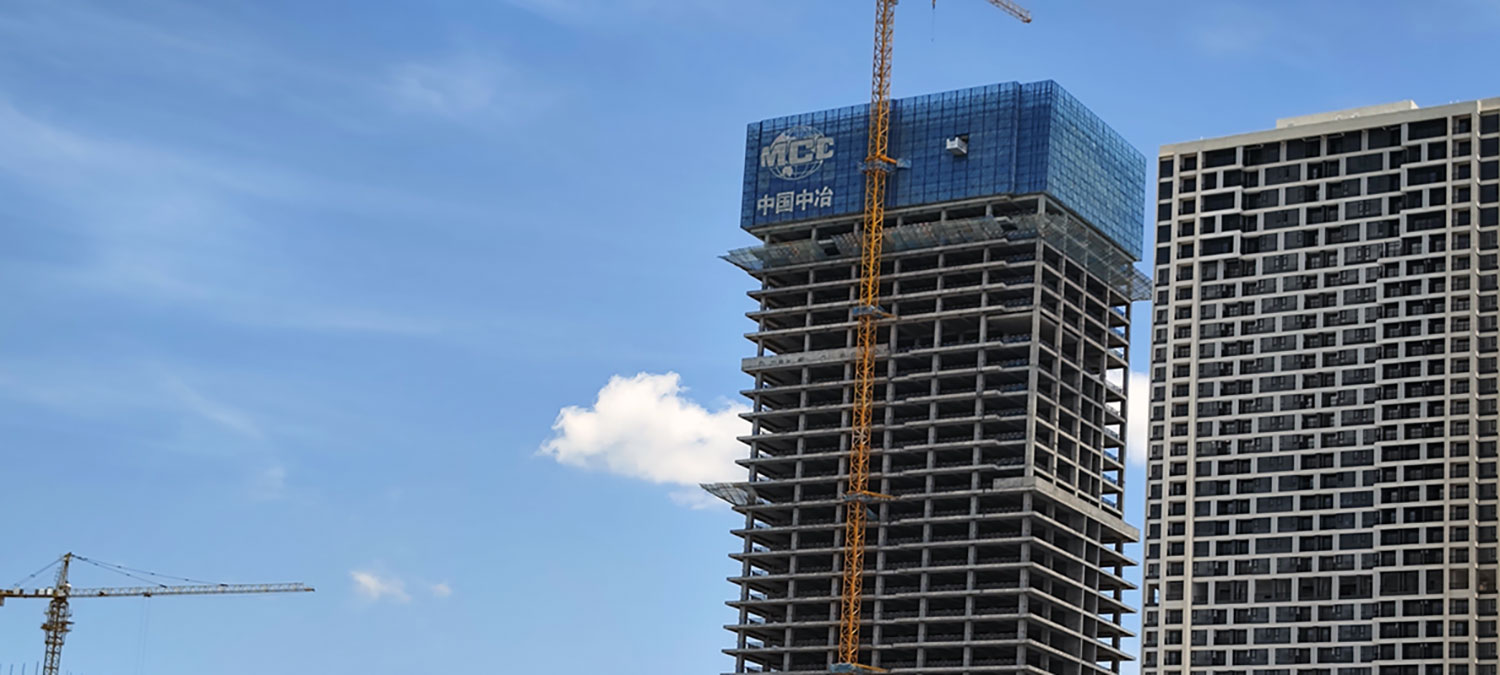
It’s not just the Chinese that are here. There are three Japanese Aeon malls. These malls are filled with beautiful, rich Cambodian people — nothing like the ones we see on the city’s edge in shacks. Japanese clothes are sold inside as well as Chinese BYD cars. A salesman asks if we’re interested in ‘Japanese serviced apartments’.
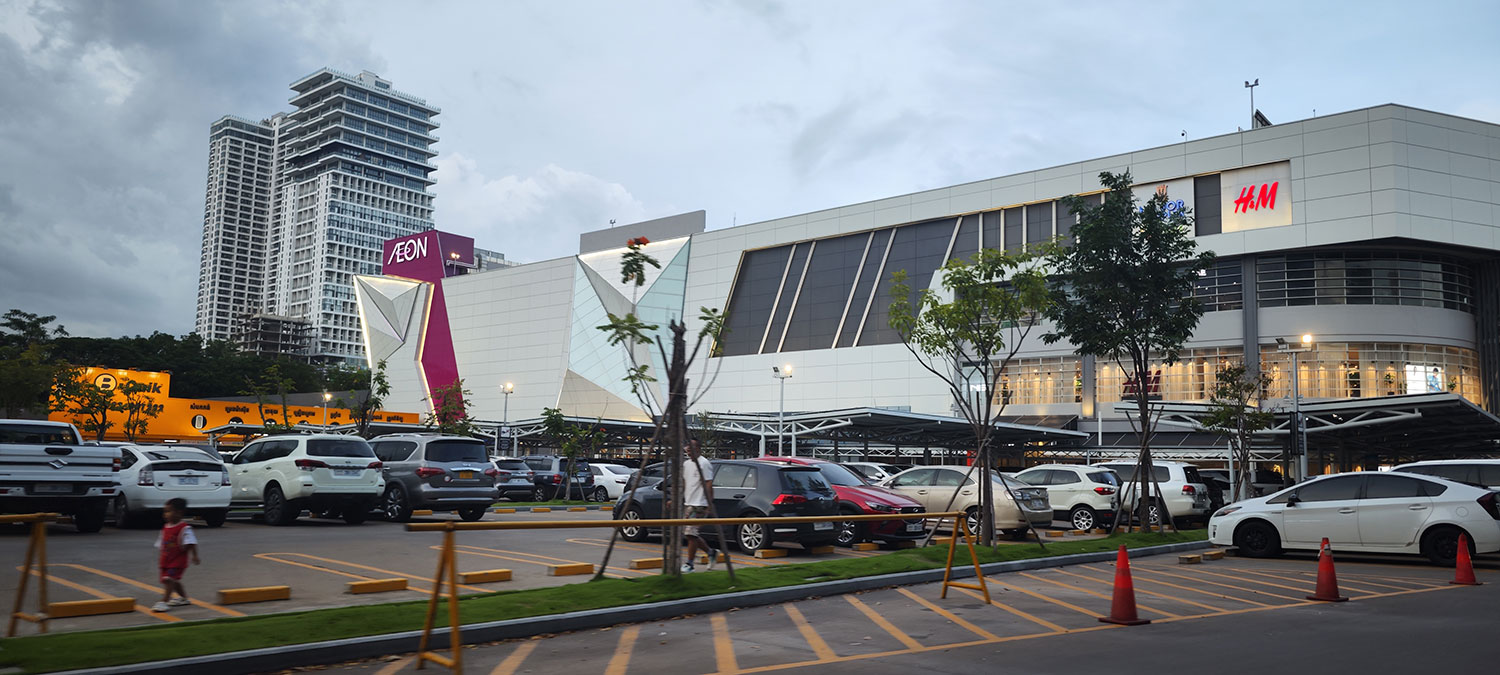
Even the Choeung Ek Genocidal Center has been rented out to the Japanese, for 30 years. It’s the darkest location of our trip in Cambodia. It’s a small area — not much more than a pond, an uneven field, and a memorial building. But we’re guided to where several sheds used to stand, to load prisoners off a truck and execute them. We put on headphones and listen to the audio tour, spoken in English with a Cambodian accent. A voice of sadness, yet with dignity. It feels like the speaker is right next to me, and this intimacy makes it gut-wrenching. Back in our hotel, we listen to the songs of Sin Sisamuth, a Cambodian singer who was killed here.
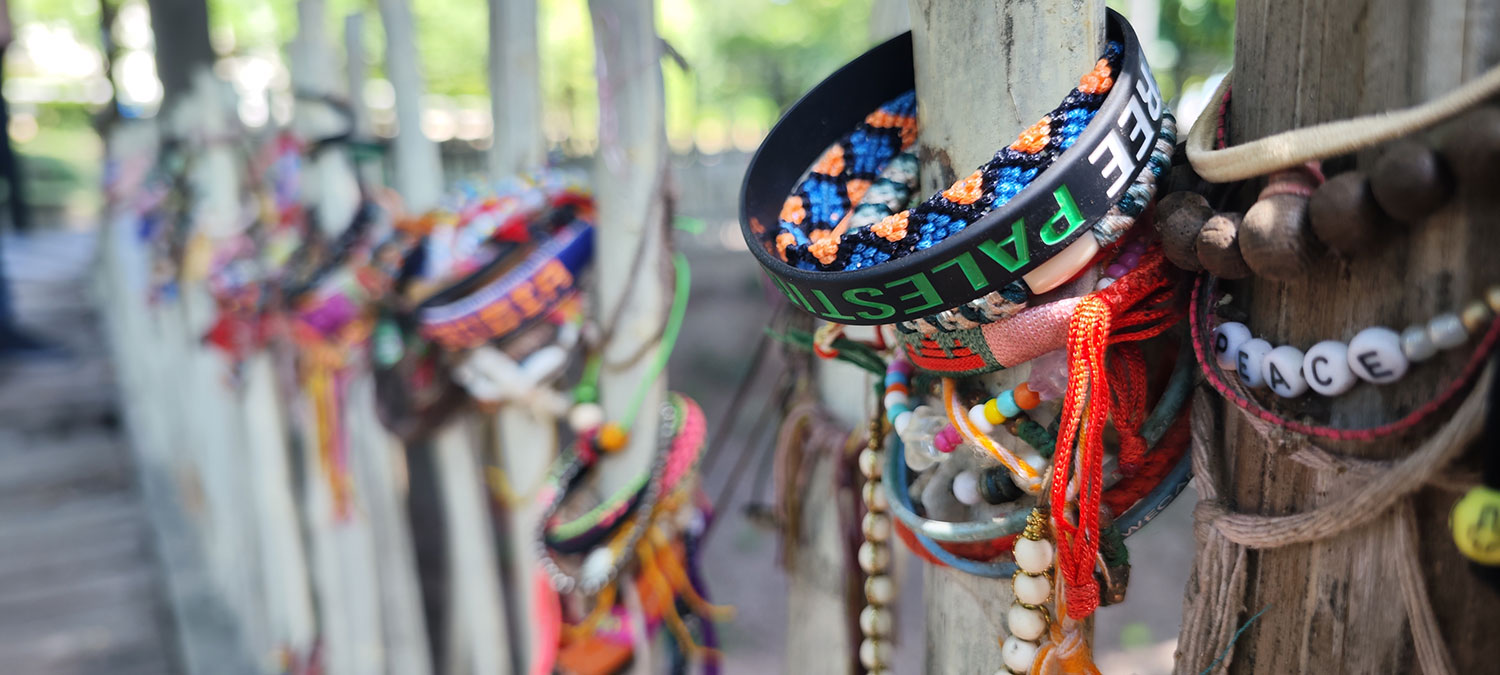

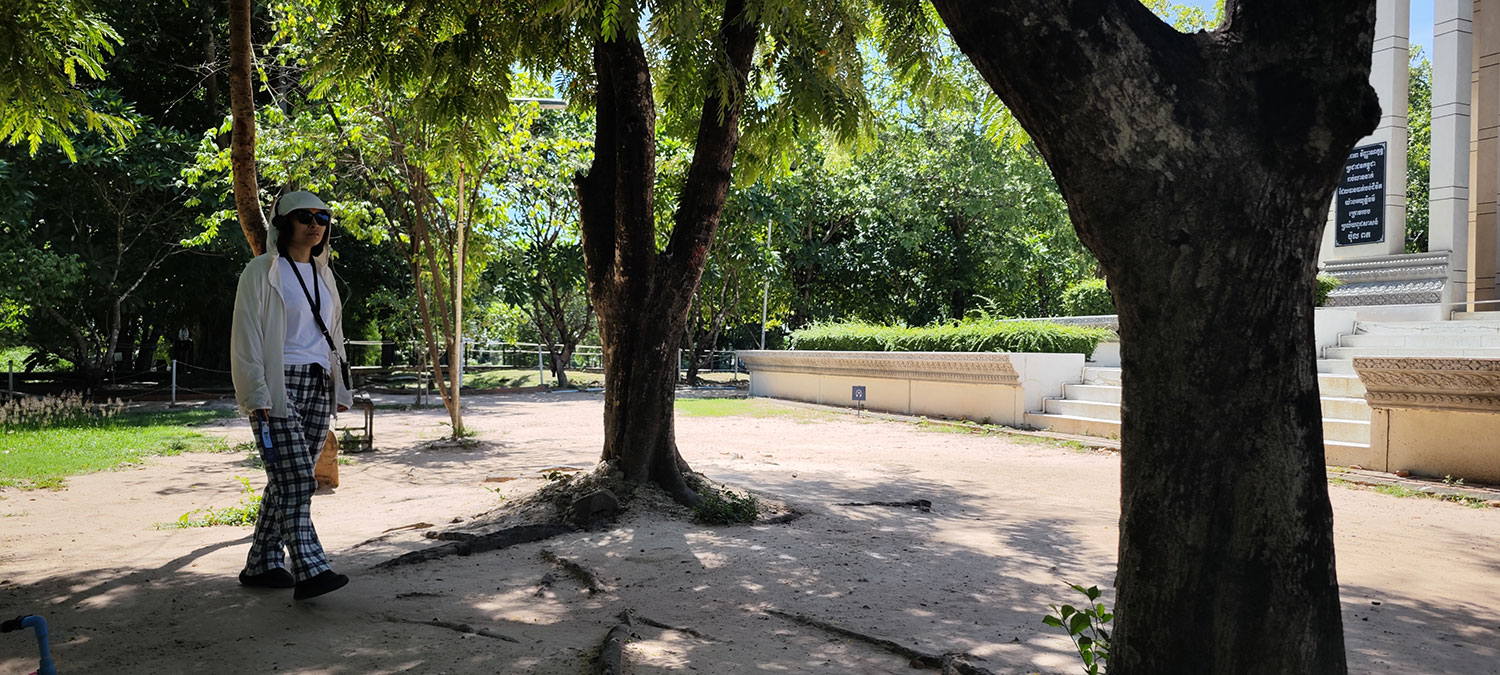
Phnom Penh is not a great city for walking. Everything goes either per car, tuk-tuk, or moped. Speed is inversely related to the size of the vehicles. Cars are the slowest. Tuk-tuks can squeeze through most gaps in waiting traffic, but mopeds obviously win.
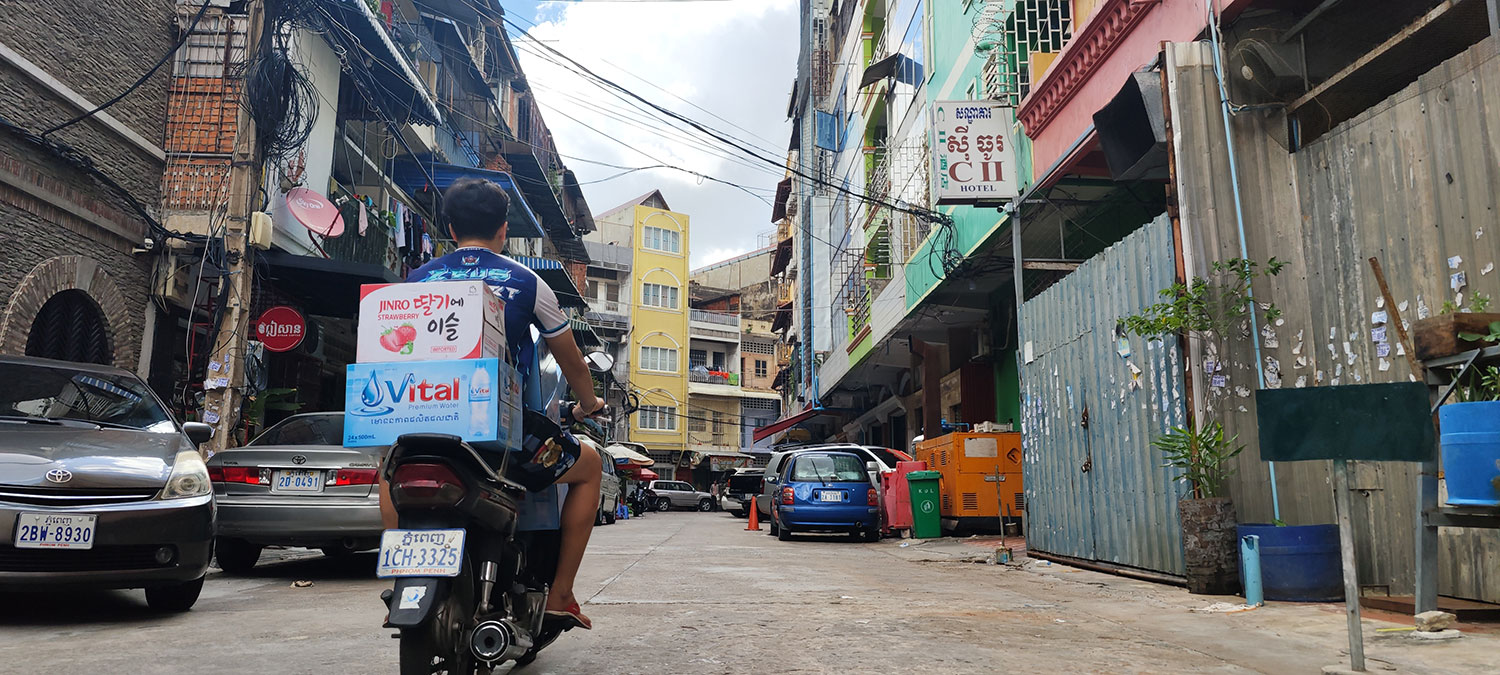
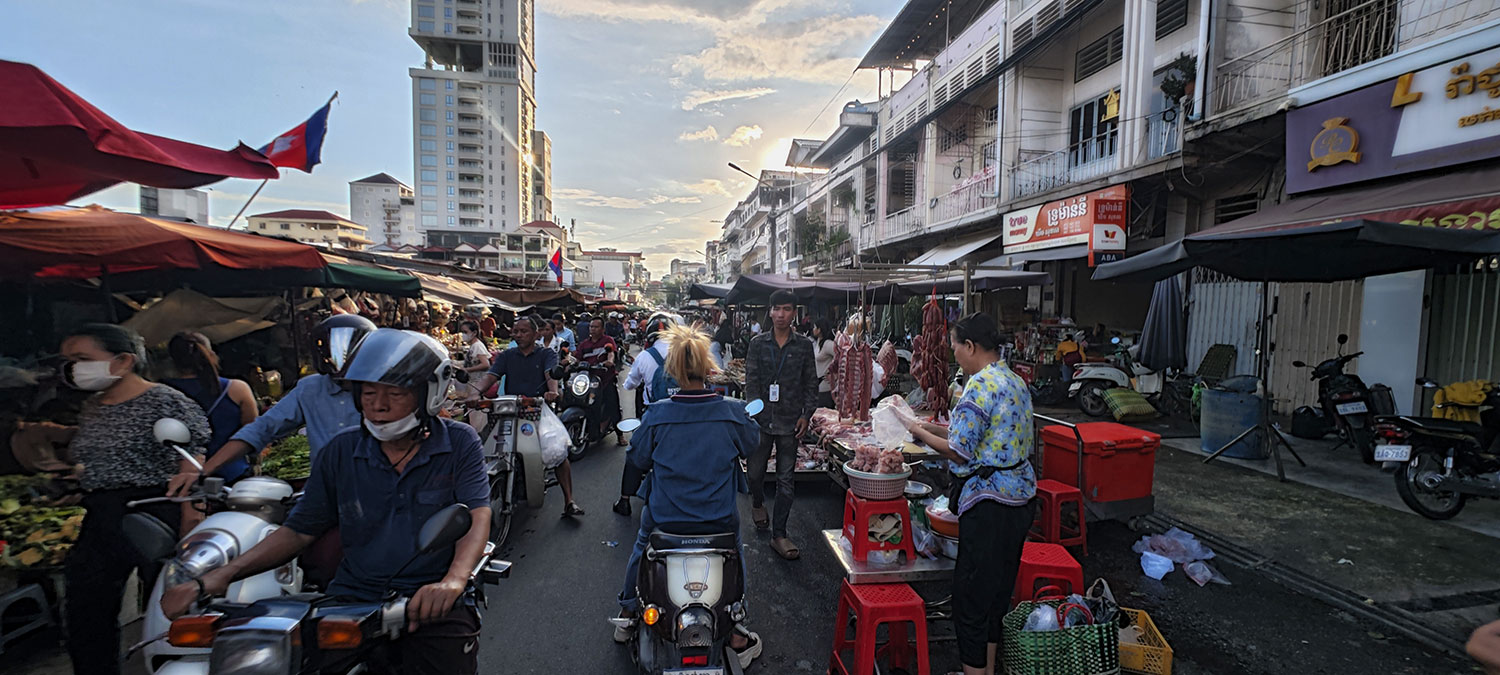
We’re sitting on the banks of the Mekong River and we see the story of Cambodia in the space of five minutes. A rich lady walks to the water and releases a bunch of fish and a bag of crabs, according to the Buddhist practice of ‘Life release‘. And when she’s done she walks up the promenade and leaves. A boy stands up and goes wrist-deep into the dirty water, to grab the crabs one by one. And every time we think he has caught all the crabs he could possibly can, he finds more. He dives and searches, and finds more. His dad comes by and hands a bag, which is soon filled to the edge. Buddhist practices are something they can ill afford.

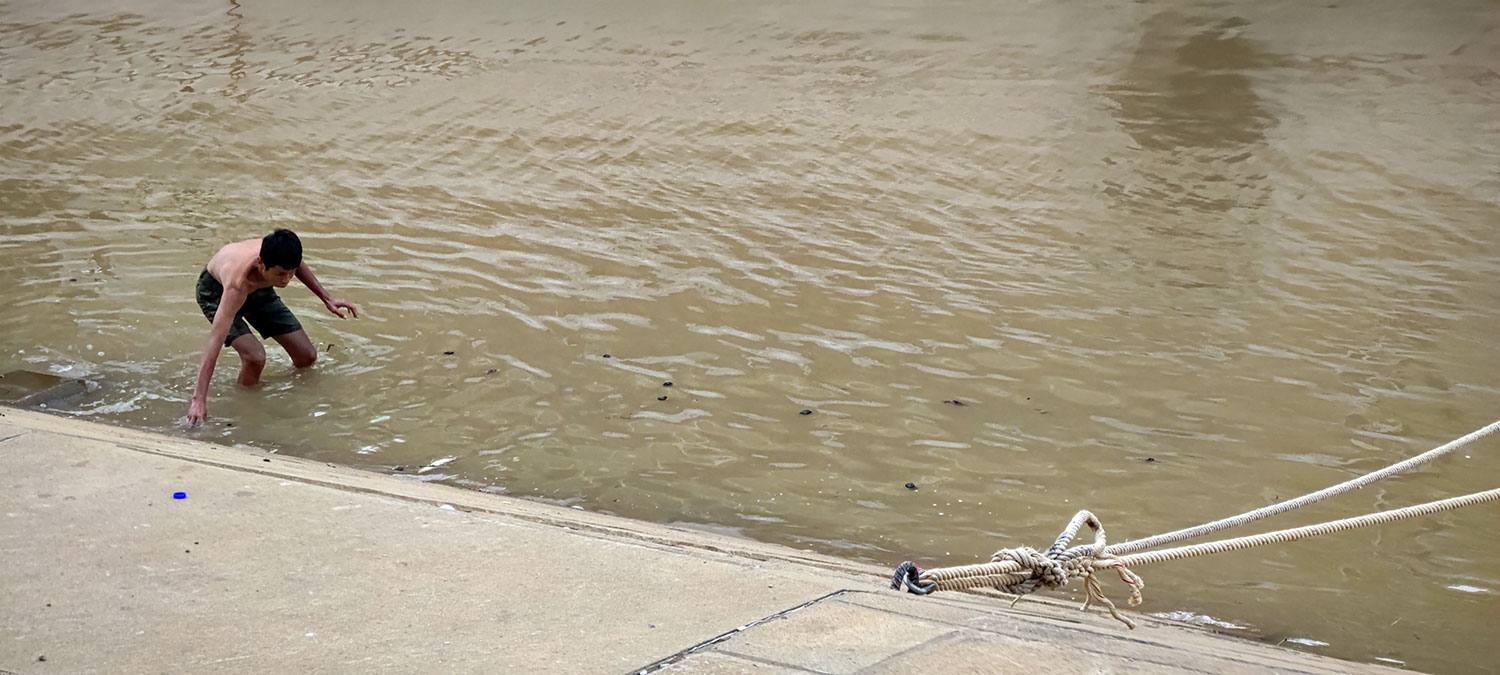
Cambodia is like everything in the world. You find duality where you see it. You pay your deposit with dollars and you get back the riel. People speak Khmer and French. They play pétanque. They walk barefoot. They’re friendly, smiling — but carry with them a sad history, feelings I doubt they show to us. Does everything has meaning in Southeast Asia, or do we see it strongest in poverty?
Cambodia is a beautiful country, plagued by its past of colonization and recent genocide. In Phnom Penh, we initially couldn’t find the train station, simply because it was so small. There are no real highways in the country, and we see young kids working by selling souvenirs. (Also Wikipedia writes extensively about poverty in Cambodia.)
Before our trip, we didn’t know how much a liter of regular unleaded petrol in Cambodia would cost. Now we know it’s 4000 riel, or 4500 if you’re in the city. I experienced again the joy of speaking words in a foreign language, like six years ago when I started learning Mandarin. The joy when the waiter understands ‘som ket loy’ (the bill please) or I point at a banana and say ‘chek’ and the farmer smiles and nods yes. City names at the start seemed so alien to me that I had to copy-paste them into Google Maps, but over time I’ve grown familiar to them. We saw luxurious resorts for tourists, and the shacks of rural population. At the end of our trip, we ate at places that we wouldn’t have dared to eat at the start of our visit.
If we had only traveled to beautiful beaches or UNESCO World Heritage temples, our journey wouldn’t have had this depth. Originally I didn’t want to dive into this culture, leaving Shanghai overworked and just wanting to see some beaches and be done with it. But I’m glad we did more. Spiritual things are found in your personal growth. Perhaps I’ve fallen victim to travel writing.
